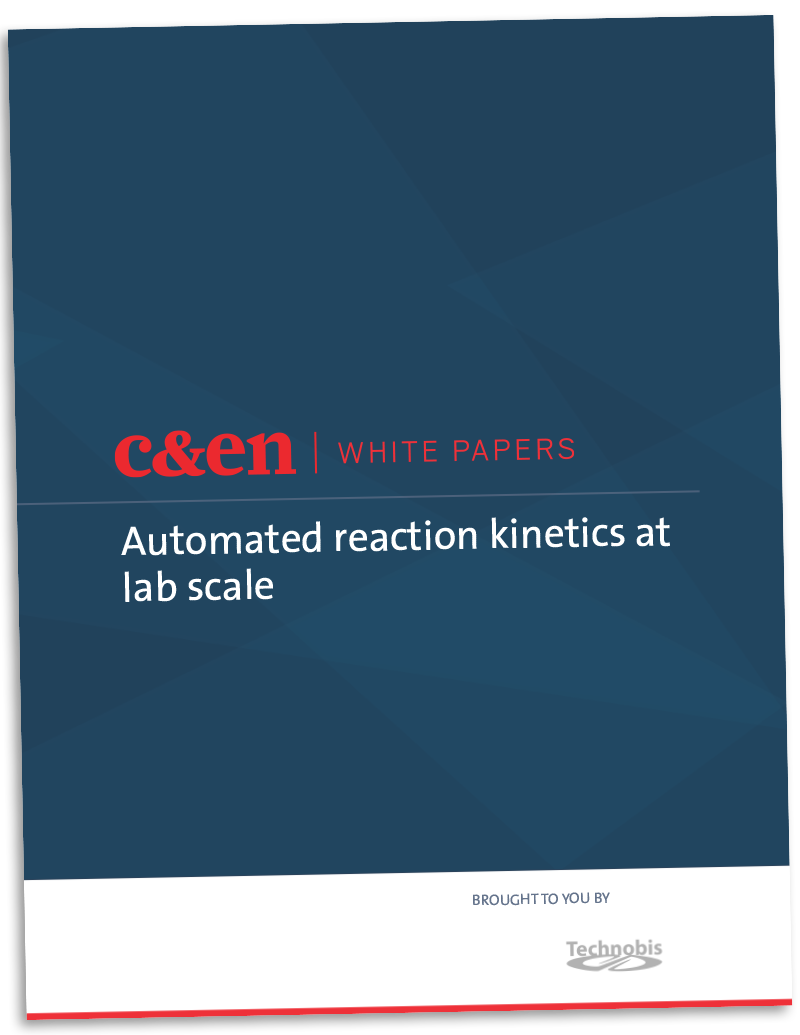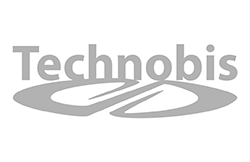

The ability to parallelize reactors in reaction analysis is crucial, as it enables the rapid assessment of critical reaction conditions, such as temperature, which directly impact both the rate and selectivity of chemical reactions. In nucleophilic aromatic substitution (SNAr) reactions, where a nucleophile replaces a leaving group on an electron-deficient aromatic ring, parallel reactor setups allow for the simultaneous evaluation of multiple conditions. This facilitates the quick collection of reliable data, providing deeper insights into the reaction’s behavior and enabling the determination of key kinetic parameters, such as activation energy and reaction order. This accelerated approach is invaluable for optimizing industrial processes.
The ReactALL™ system is well-suited for simultaneously assessing the impact of reaction conditions across chemical reactions, offering independent temperature control across five reactors. In this application note, the work of Hawkins et al. is highlighted. The Pfizer research team leveraged the parallelization and automated sampling features of the ReactALL to gain mechanistic insight into a model nucleophilic aromatic substitution reaction.
- Understand the role of parallel reactor system in accelerating the determination of kinetic and thermodynamic parameters in chemical reactions, particularly SNAr reactions.
- Analyze reaction kinetics and mechanisms by interpreting concentration vs. time data, determining reaction orders, and applying the Eyring equation for activation parameter estimation.
- Evaluate factors influencing regioselectivity, including enthalpy and entropy of activation, and understand why entropy may play a dominant role in SNAr reactions.
- Assess the practical advantages of automation in reaction optimization, including reduced manual error, consistent data collection, and streamlined workflows suitable for both homogeneous and heterogeneous systems.

Copyright © 2025 American Chemical Society | 1155 Sixteenth Street NW | Washington, DC 20036 | View our Privacy Policy